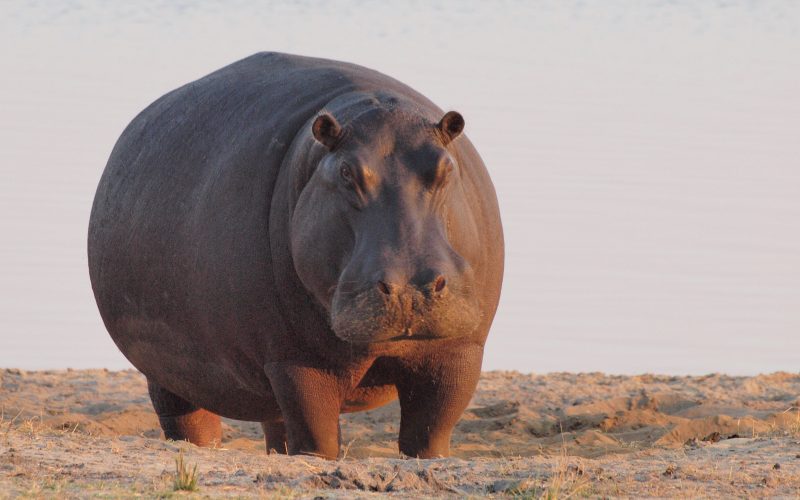It sounds unbelievable, but sometimes it’s the strangest things that turn out to be true. Such is the case with this story of the mysterious hippos that once roamed the streets of Leeds.
Suggest to the average Loiner that hippos once walked the same streets we do and your sanity is likely to be called into question, but there are cold hard facts to back this far-fetched-sounding story up – trust us.
Although no written record survives from the time they were actually walking around Leeds, we can prove their existence thanks to the discovery of several huge bones by workmen digging clay in a brick field in 1851.
Unearthed in Wortley, Leeds over 150 years ago, the bones were so massive the workmen knew they couldn’t possibly be human bones but were still at a loss as to what they were.
It wasn’t until the workers visited Henry Denny, the curator of the Leeds Philosophical and Literary Society Museum, that the real truth was uncovered.
Impressively, Henry identified them as the bones of the Great Northern Hippopotamus, much to the excitement of the workers – who saw Henry a lot over the coming months, due to the fact he visited their field regularly to collect more bone specimens.
These ranged from more huge thigh bones to tiny teeth, and as Henry continued his discovery he realised it wasn’t only hippopotamuses in this field. There were elephants and an extinct species of wild ox, too.
For a long time, it was thought following their discovery that the hippos were from relatively recent times – however that turned out to be an error created by a preservative coating on the bones, which misled scientists as to their true age.
It turns out, they were actually hundreds of thousands of years old: with the closest estimate coming between 113,000 and 130,000.
It’s believed by scientists that they once roamed in the area close to Armley Gyratory, now one of the busiest road intersections on the city’s outskirts today.
Leeds would have been very different at that time, according to Phil Murphy, from the University of Leeds’ School of Earth and Environment.
“Leeds would have been just like Africa in those days – and the climate would have been exactly the same as hippos enjoy in that continent today, in the so-called Ipswichian interglacial.
“Hyenas were also around at the time and hyena dens have been found in Victoria Cave near Settle in Yorkshire and Kirkdale Cave on the North Yorkshire Moors.
“But it is important to remember that during the last glacial period, the glaciers did not reach Leeds.
“The earth has experienced some 24 periods of cooling and warming over the last 2.5m years.”
Asked if Hippos could return, Murphy answered unequivocally ‘yes’ – stating “If it is warm enough in Leeds in the future, the Hippos will return.”
Entire hippo skeletons are very rare, making the Leeds hippo extra special. It can be viewed on display at the Leeds City Museum.
Feature image – Gusjer.









